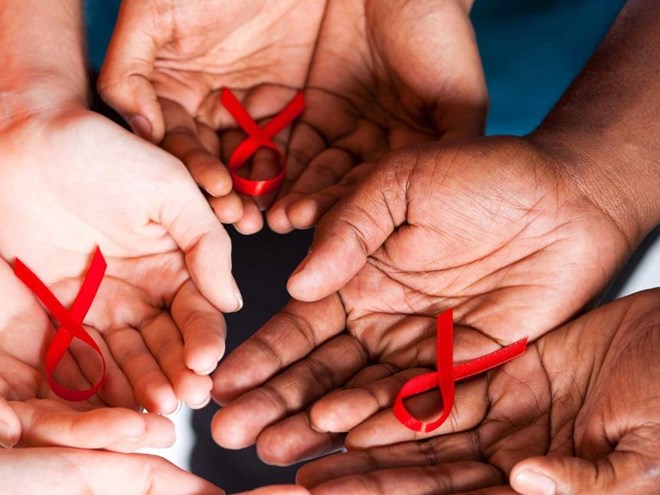Tuesday, July 19, 2016
By BERYL OYWER
Tuesday, July 19, 2016

Unicef has warned that despite remarkable global progress in tackling the HIV/Aids pandemic, much work remains to be done to protect children and adolescents from infection, sickness and death.
Since 2000, concerted action to prevent mother-to-child transmission in countries with high HIV/Aids prevalence has brought the transmission rate down by roughly 70 per cent worldwide.
This includes sub-Saharan Africa, the region with the greatest burden of HIV/Aids infections and deaths.
Over the last 15 years, PMTCT programs have prevented some 1.6 million new HIV infections in children, globally, while the provision of anti-retro viral treatment has saved 8.8 million lives (people of all ages).
But the children’s agency said that adolescents are dying of Aids at alarming rates.
“After all of the saved and improved lives thanks to prevention, treatment and care; after all of the battles won against prejudice and ignorance about this disease; after all of the wonderful milestones achieved, Aids is still the number two cause of death for those aged 10-19 globally – and number one in Africa,” Unicef Executive Director Anthony Lake said.
The numbers of Aids-related deaths among adolescents (15-19) years have more than doubled since 2000. Globally in 2015, there were on average 29 new infections an hour among those in this age group.
And while rates of new infections among adolescents have levelled off, Unicef is concerned that projected increases in their population in the coming years will mean an increase in the overall number of infections.
Girls are particularly vulnerable, making up about 65 per cent of new adolescent infections worldwide.
In sub-Saharan Africa, which accounts for about 70 per cent of people in the world living with HIV, 3 out of every 4 adolescents newly infected by HIV in 2015 were girls.
Yet fear of testing keeps many young people unaware of their status. Among adolescents, only 13 per cent of girls and 9 per cent of boys were tested within the last year.